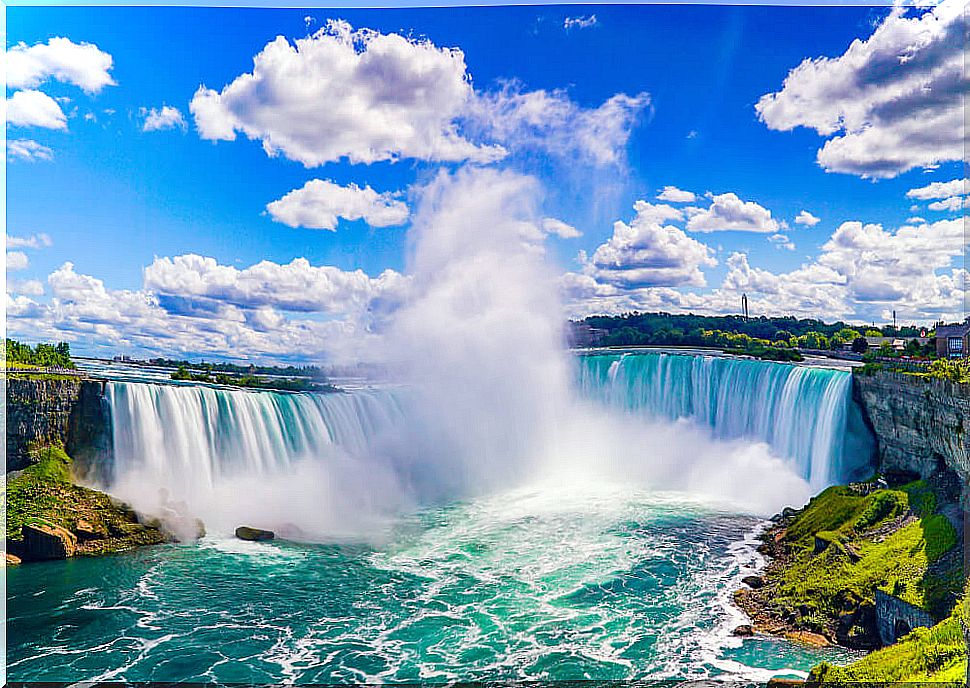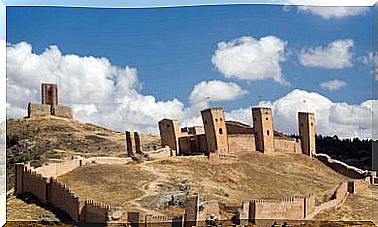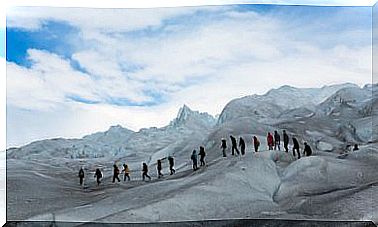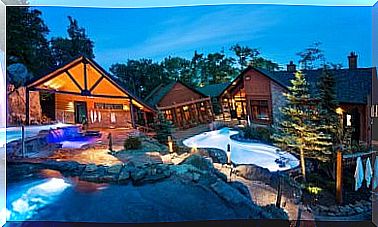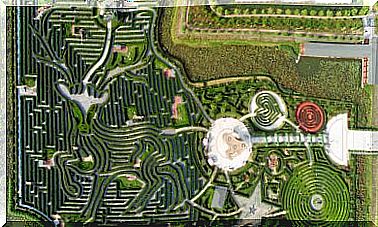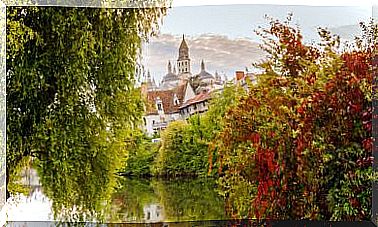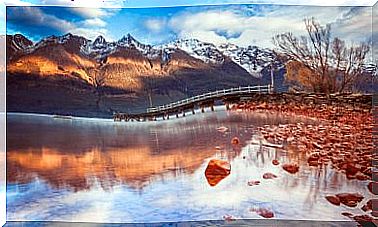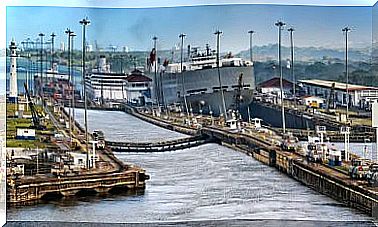The Mystery Of Devil’s Kettle Falls
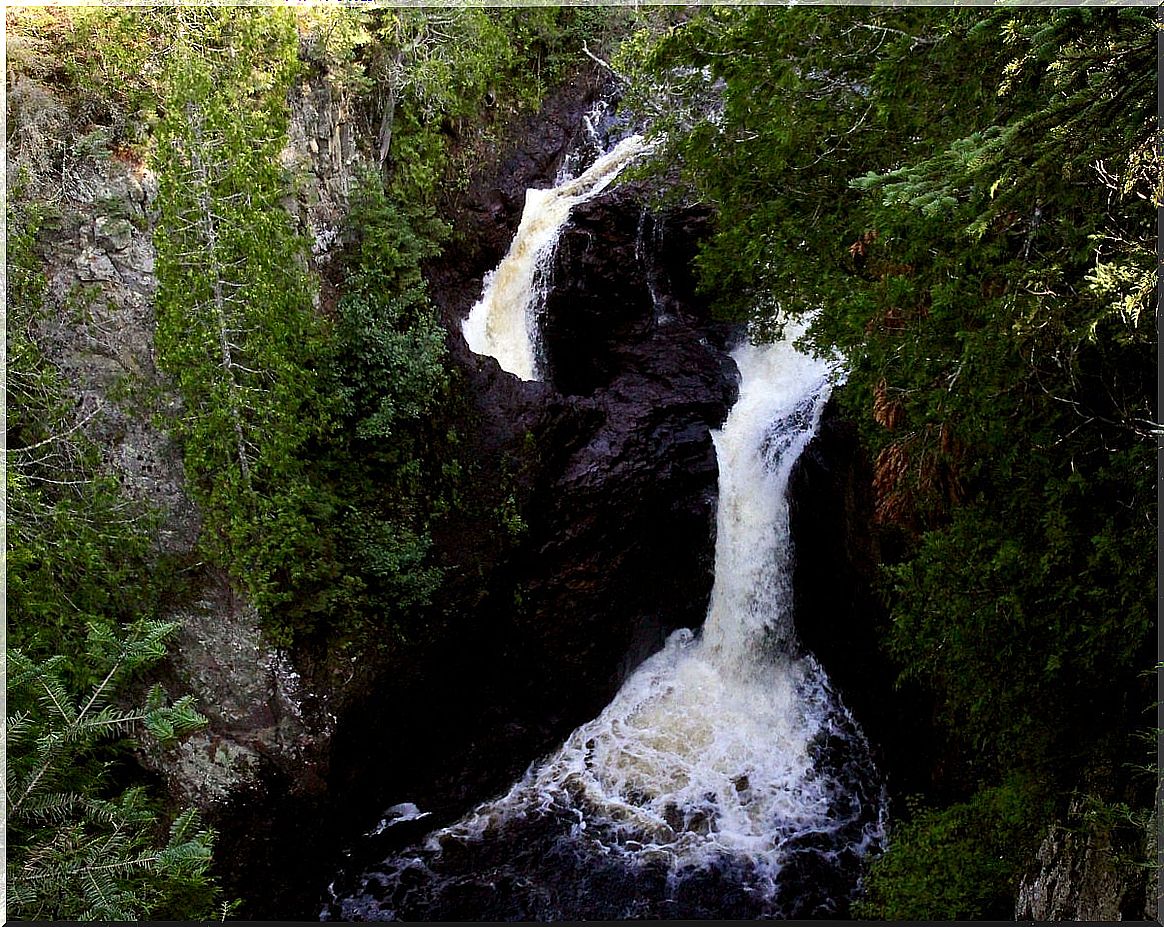
Devil’s Kettle Falls are located in Judge CR Magney State Park, in the city of Grand Marais, in the northern part of the state of Minnesota, United States. These cataracts have been the subject of study and debate by experts in various areas of knowledge.
The reason for this interest is found in a sector popularly known as “the devil’s cauldron”, which has a mysterious hole that swallows a large amount of water, and the objects disappear there too. The strange thing is that, although the phenomenon has been present for decades, no one has been able to explain why it happens.
Devil’s Kettle Falls Background
The River Brule, which gives rise to the Devil’s Kettle Falls, splits into two slopes at one point. One follows the course of the river, while the other disappears in the so-called devil’s caldera.
Most explorers, geologists, and scientists agree that since there is no known geological fault in the vicinity, the water should flow into Lake Superior. However, the experiments carried out do not provide clear answers.
Some of them have included the use of ping pong balls, GPS devices, and non-polluting organic dyes. What was sought is that these became indicators of the water course and were later found in Lake Superior, but all these elements have never been found.
First theory
Efforts by experts have been unsuccessful when trying to explain why this phenomenon occurs at Devil’s Kettle Falls. Despite this, in recent years they have been working on new hypotheses that, although reasonable, are not very convincing.
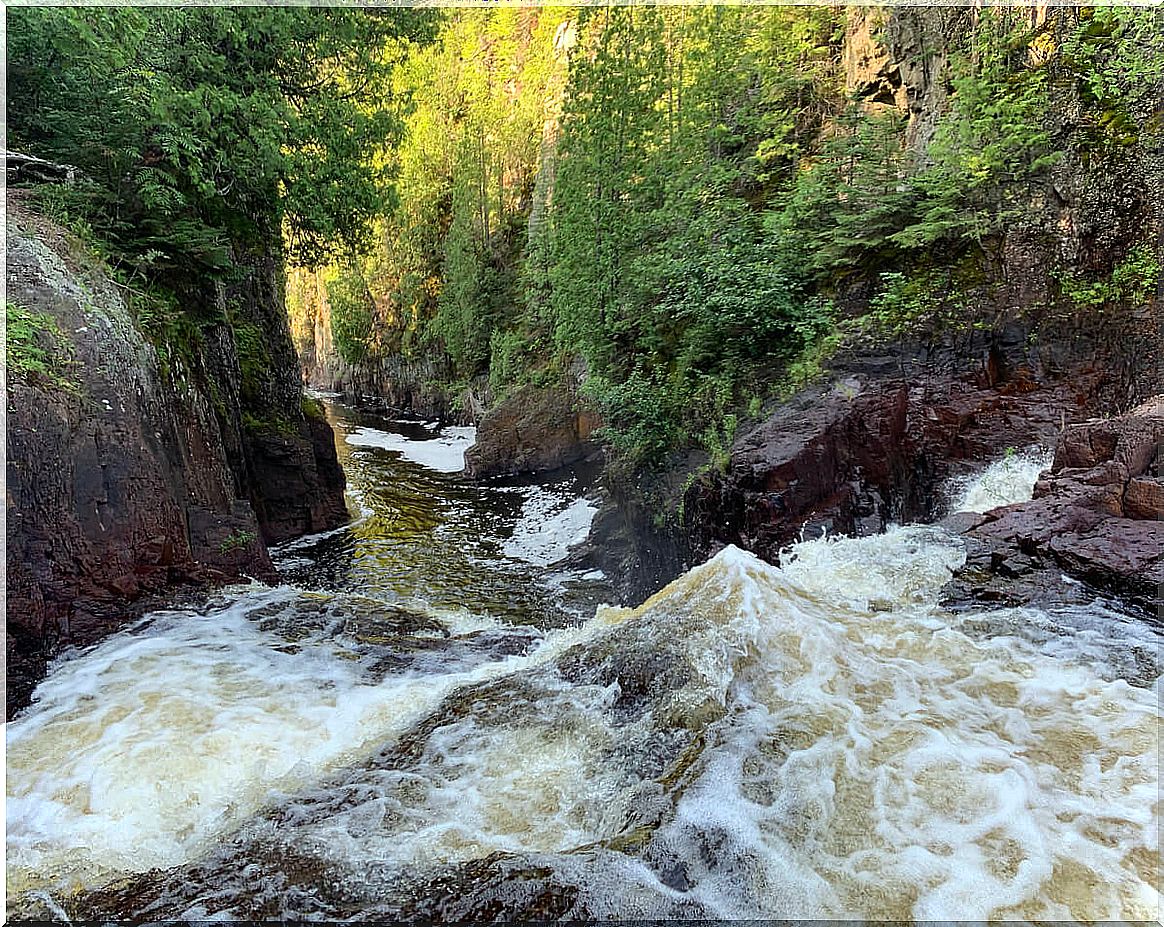
One of these theories establishes the existence of a kind of underground cave through which the water drains into Lake Superior. However, this thesis has few adherents, mainly because caves of these characteristics are made of limestone.
Limestone has the peculiarity of diluting or eroding very slowly with the passage of water and time, so it is common for it to give rise to this type of formation. However, in the sector there are no deposits or areas with these geological characteristics.
Second theory
Another theory about the origin of this anomaly at Devil’s Kettle Falls points to the formation of tunnels or channels as a result of volcanic eruptions in the past. This phenomenon occurs when lava comes into direct contact with water and hardens, forming a very resistant crust.
Although the lava continues to flow internally through the tube thus formed, it can empty it, leaving it hollow. The formulation of this thesis does not have much acceptance either, mainly because the volcanic rock is basalt and its color is dark, and the one found in the sector is known as rhyolite and is pink or light gray.
Until now, all the proposed theories agree that the entire volume of water from the Brule River has to flow into Lake Superior. Despite this, there is no proven evidence to show that the water from Devil’s Kettle Falls flows there.
The most accepted theory so far
An additional theory, formulated by the Minnesota Department of Natural Resources DNR headed by hydrologist Jeff Green and his research group, generates surprise. His job was to make measurements of the volume of water before and after Devil’s Kettle Falls.
To do this, he used very precise hydrometric measuring equipment. The result obtained showed that the amount of water entering was practically the same as leaving. Therefore, they concluded that the water that the hole swallows is the result of an “optical illusion. “
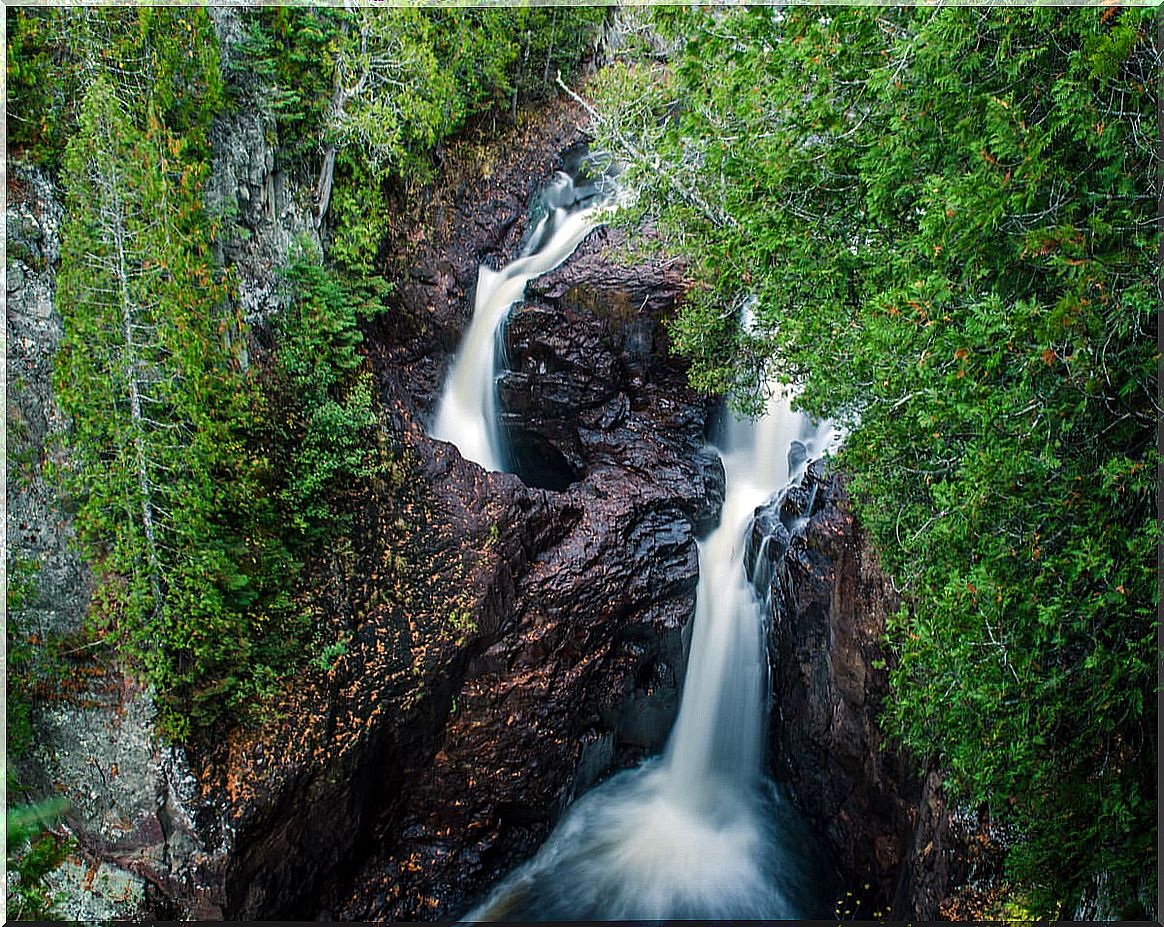
Although this last theory does not fully convince the other researchers, it does turn out to be the strongest, so far. In fact, following the doubts raised by his detractors, Jeff Green established a collaborative alliance with Calvin Alexander.
The latter, a researcher at the University of Minnesota, shares Green’s findings. Therefore, together they plan to carry out further research using fluorescent and biodegradable chemical compounds, which serve as indicators.
The persistence of doubt in Devil’s Kettle
It is hoped that the markers allow to establish the path of the water before and after the hole, to demonstrate once and for all the veracity of their theory. However, this takes us back to the beginning: ping pong balls, dyes and disappearing GPS objects have already been used, so the question remains alive.
This is precisely the weakest aspect of Green’s theory of Devil’s Kettle Falls. Anyway, we will have to wait for the results of their investigations. For now, many predict that these chemical compounds will also disappear in the devil’s cauldron.
The truth is that, while the experts debate among themselves to show who is right, the doubt persists. Therefore, there is no alternative but to learn to trust that, in the near future, the truth will “come out.”
